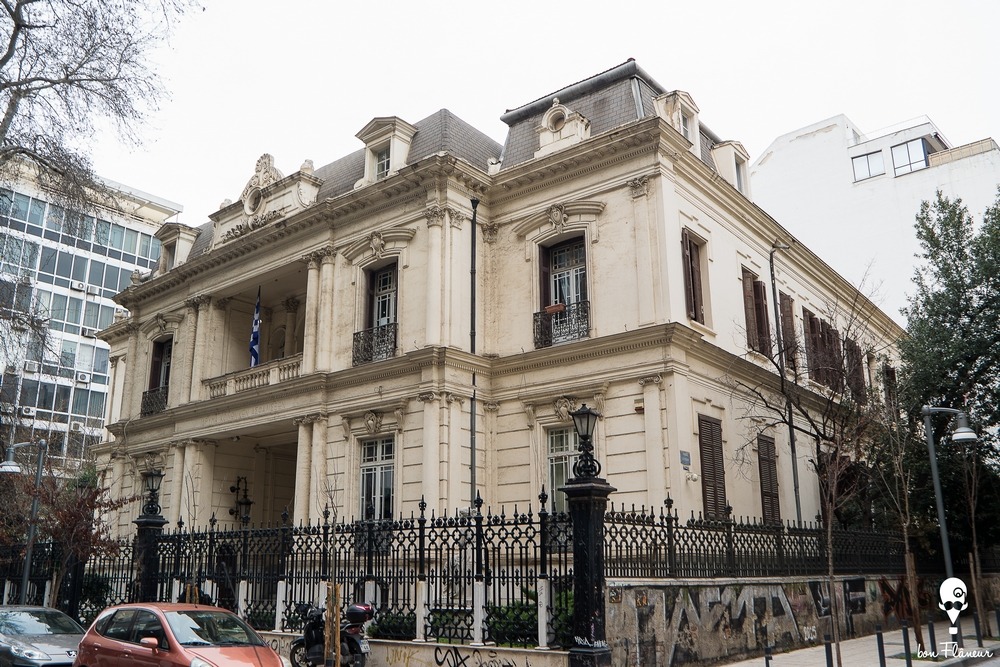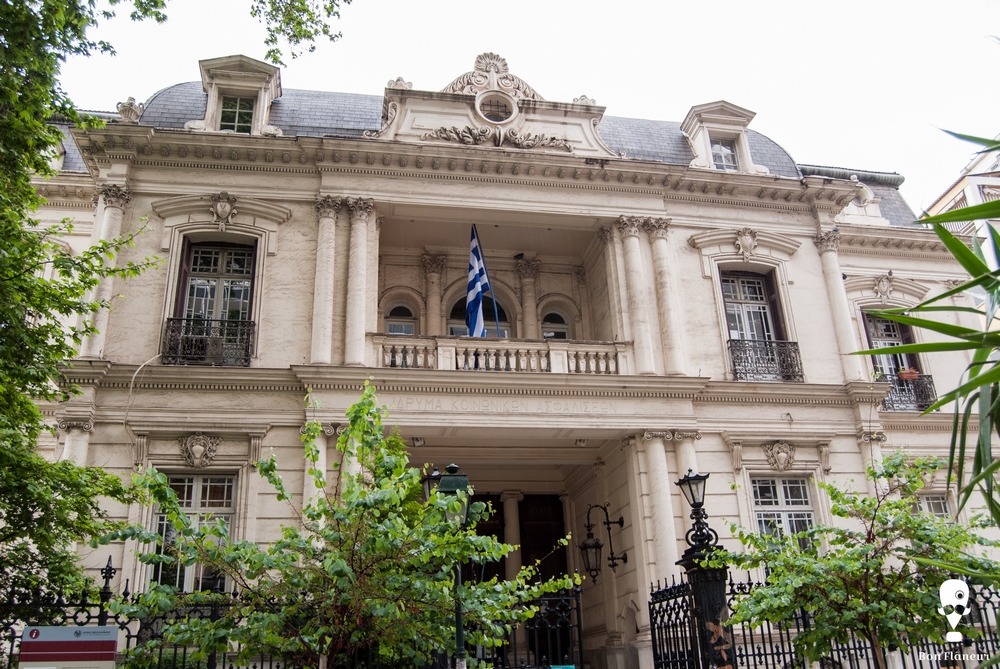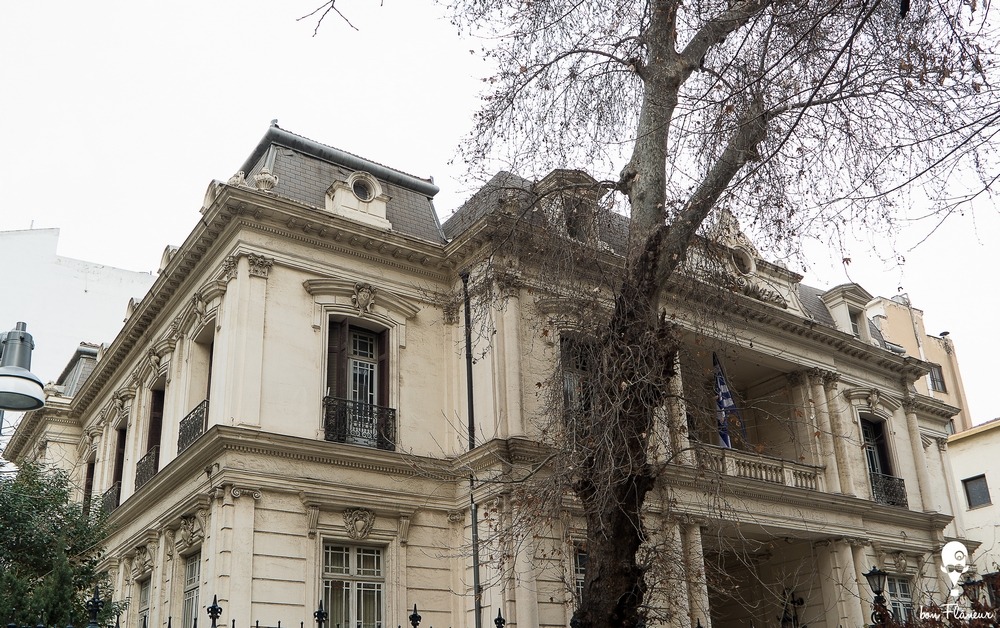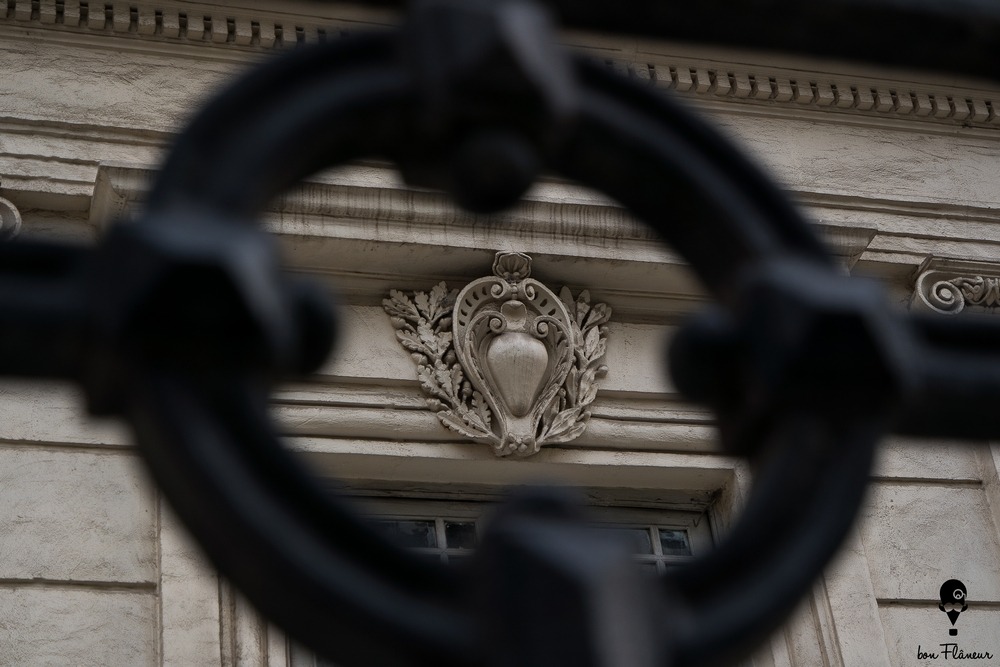State Conservatory of Thessaloniki
The State Conservatory of Thessaloniki has a neo-Baroque style with evident French and neoclassical influences.
Location
Timeline
Modern and Contemporary era (1912 - )
1914 The Thessaloniki Conservatory was founded after Eleftherios Venizelos’ initiative.
1987 The conservatory moved to this building.
Ottoman era (1453- 1912)
1903 The current building was erected. It was inaugurated the following year, housing the Ottoman Bank.










Share